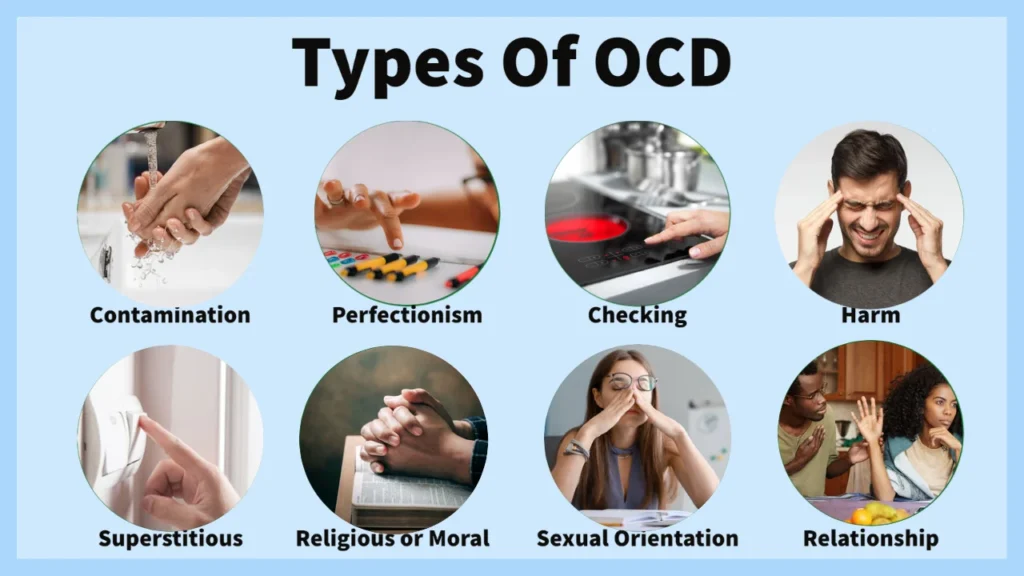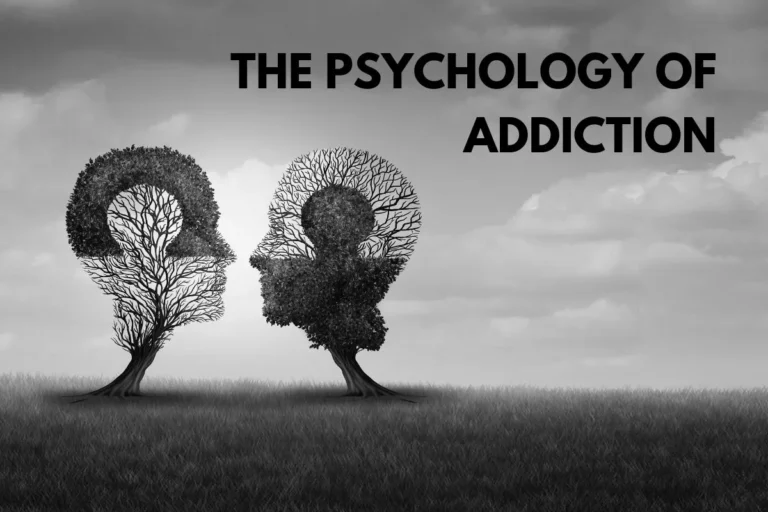Understanding the Different Types of OCD: A Complete Guide

Introduction
Obsessive-Compulsive Disorder (OCD) is a complex and often misunderstood mental health condition. It’s more than just being neat or double-checking locks. OCD involves persistent, unwanted thoughts (obsessions) and repetitive behaviors or mental rituals (compulsions) that a person feels driven to perform. Understanding the various types of OCD is essential for early diagnosis, proper treatment, and empathy toward those who suffer from it.
At Samyak Rehabilitation Center in Pune, we believe awareness is the first step toward healing. This comprehensive guide explores the different subtypes of OCD, their symptoms, impact, and available treatment options.
What is OCD?
OCD is a chronic mental health condition characterized by intrusive thoughts (obsessions) and repetitive behaviors (compulsions). These obsessions and compulsions can interfere with daily activities, relationships, and overall quality of life.
- Obsessions: Intrusive, unwanted thoughts, images, or urges that cause distress or anxiety.
- Compulsions: Repetitive behaviors or mental acts performed to reduce the distress caused by obsessions.
Why Understanding OCD Subtypes Matters
OCD manifests differently in each individual. Recognizing the various subtypes helps in:
- Accurate diagnosis
- Tailored treatment plans
- Reducing stigma and self-blame
- Enhancing support from family and community
The Main Types of OCD
Let’s explore the most recognized subtypes of OCD in detail:
1. Contamination OCD
Obsessions:
- Fear of germs, illness, dirt, or environmental contaminants
- Concern over getting others sick
Compulsions:
- Excessive hand-washing or cleaning
- Avoiding public spaces or contact with certain objects
Impact:
- Social isolation, skin damage, avoidance behaviors
2. Checking OCD
Obsessions:
- Fear of causing harm by being careless (e.g., leaving the stove on)
- Persistent doubt over actions
Compulsions:
- Repeatedly checking locks, appliances, or emails
- Seeking reassurance from others
Impact:
- Time-consuming rituals, increased anxiety, reduced productivity
3. Symmetry and Ordering OCD
Obsessions:
- Need for things to be symmetrical, exact, or “just right”
Compulsions:
- Arranging items repeatedly
- Repeating actions until they feel correct
Impact:
- Mental fatigue, frustration, strained relationships
4. Harm OCD
Obsessions:
- Unwanted thoughts of harming oneself or others
- Fear of losing control and acting on violent impulses
Compulsions:
- Avoiding sharp objects or situations
- Seeking reassurance, praying, or performing mental rituals
Impact:
- Guilt, shame, fear of being judged or misunderstood
5. Pure O (Primarily Obsessional OCD)
Obsessions:
- Intrusive thoughts without visible compulsions
- Themes may include sexual, religious, or moral concerns
Compulsions:
- Mental rituals like analyzing, praying, or neutralizing thoughts
Impact:
- Hidden suffering, misdiagnosis as anxiety or depression
6. Scrupulosity OCD
Obsessions:
- Fear of committing sin or being morally wrong
- Excessive concern about religious rules
Compulsions:
- Repetitive praying, confessing, or seeking moral reassurance
Impact:
- Religious distress, withdrawal from community
7. Sexual Orientation and Identity OCD (SO-OCD/HOCD)
Obsessions:
- Intrusive doubts about one’s sexual orientation or gender identity
Compulsions:
- Monitoring arousal, comparing oneself to others
- Seeking reassurance
Impact:
- Identity confusion, relationship strain, increased anxiety
8. Relationship OCD (ROCD)
Obsessions:
- Doubts about being in the “right” relationship
- Obsessing over partner’s flaws or feelings
Compulsions:
- Constant questioning, comparing, or testing feelings
Impact:
- Emotional exhaustion, relationship instability
9. Existential OCD
Obsessions:
- Questions about life, death, reality, or purpose
Compulsions:
- Excessive philosophical rumination, reading, or mental debate
Impact:
- Mental burnout, disconnection from reality
10. Sensorimotor OCD
Obsessions:
- Hyperawareness of bodily sensations like breathing, blinking, or heartbeat
Compulsions:
- Attempting to control or monitor these sensations
Impact:
- Distraction, distress, functional impairment
Overlap and Misdiagnosis
- Many individuals have symptoms from more than one subtype.
- OCD is often misdiagnosed as GAD, depression, or psychosis.
- Professional evaluation is crucial for proper treatment.
Treatment Options for OCD
At Samyak, we follow evidence-based practices that include:
1. Cognitive Behavioral Therapy (CBT)
- Focuses on identifying and challenging distorted thought patterns
2. Exposure and Response Prevention (ERP)
- Gradual exposure to fears without performing compulsions
- Gold standard for OCD treatment
3. Medication
- SSRIs like fluoxetine and sertraline can reduce symptoms
4. Mindfulness and Holistic Therapies
- Yoga, meditation, and art therapy to reduce stress
5. Inpatient and Outpatient Programs
- Structured environments for intensive care
- Customizable plans based on individual needs
Living with OCD: Hope and Healing
- OCD is manageable with the right support
- Recovery is a journey, not a destination
- Building coping skills, self-awareness, and a support system is key
When to Seek Help
You or a loved one should seek professional help if:
- Obsessions and compulsions interfere with daily life
- You feel ashamed, isolated, or unable to function
- There’s a risk of self-harm or severe distress
How Samyak Rehabilitation Center Can Help
Located in Pune, Samyak Rehabilitation Center offers:
- Expert psychologists and psychiatrists
- Evidence-based therapies for OCD
- Holistic healing environment
- Family support and education
- Confidential, compassionate care
Conclusion
Understanding the different types of OCD is vital for early diagnosis, effective treatment, and emotional healing. If you or someone you know is struggling with OCD, know that recovery is possible. At Samyak, we are here to walk with you every step of the way.
Contact us today to learn more about our OCD treatment programs and take the first step toward recovery.


